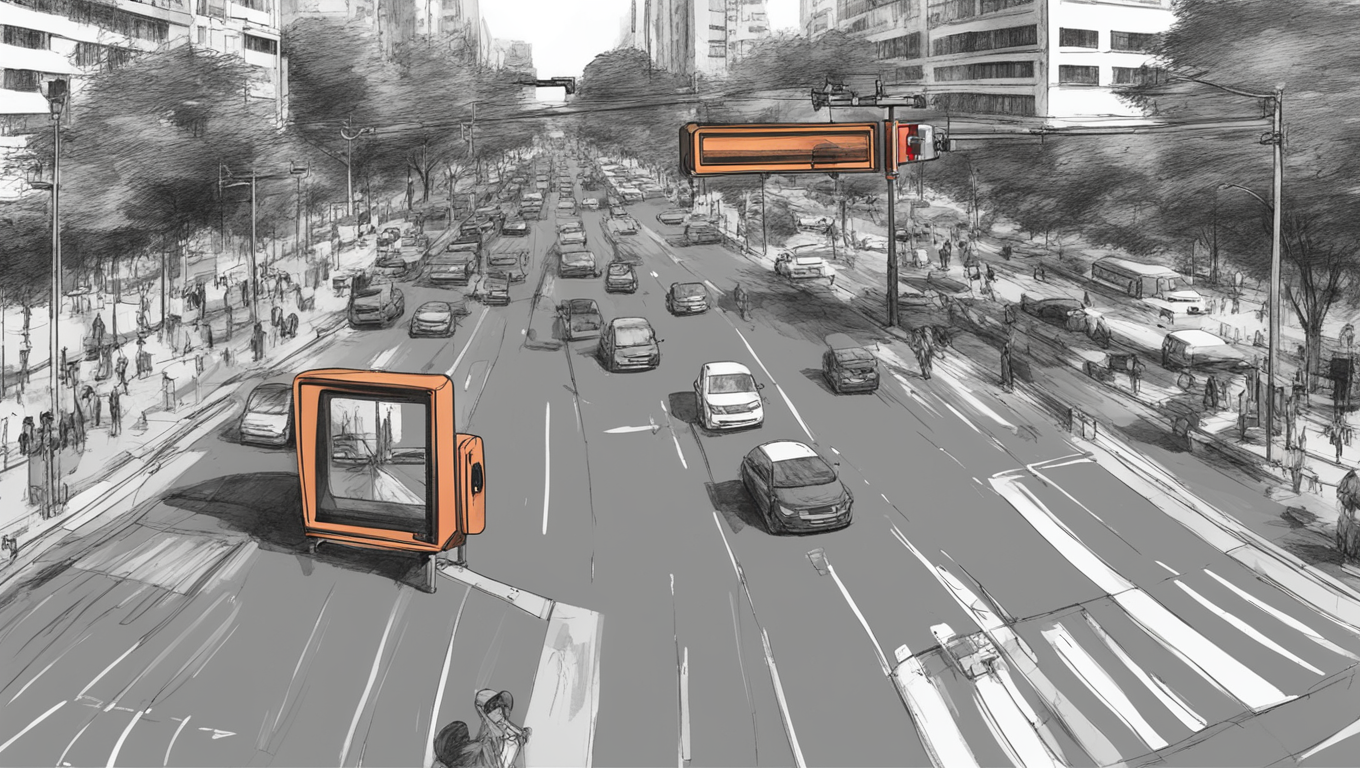In a bid to revolutionize road safety and strengthen enforcement, the Delhi government has announced plans to install Artificial Intelligence (AI)-based cameras for detecting traffic violations. The initiative, which is estimated to cost Rs 20 crore, aims to reduce the number of accidents and improve road safety in the city.
The project involves the installation of Automatic Number Plate Recognition (ANPR)-based cameras that use AI-based video analytics technology to detect violations such as triple riding, driving while on the phone, overage vehicles, and vehicles without a valid Pollution Under Control Certificate (PUCC). The Delhi Transport Department has already floated a tender to procure the necessary cameras and supporting technology.
“The objective of the Integrated Traffic Enforcement Management System (ITMS) is to reduce the number of drivers who violate traffic rules, penalize the offenders, and raise awareness about road safety,” said an official from the department. The ANPR technology is a key component of the ITMS and will allow operators to set traffic rules for specific junctions or cameras. The system will identify violations and generate alerts in real-time.
The ITMS will also keep track of the violation history for each vehicle and generate reports as needed. According to officials, the most common violations in the capital are speeding, driving without a helmet or seat belt, driving while on a phone call, uncovered goods carriage, and overloading in commercial vehicles. Other issues include driving in the wrong lane, buses not using designated lanes, and private vehicles parked on roads.
“The ITMS will provide various traffic violation detection use cases using AI and deep learning-based technology,” the official explained. “It will offer insights for traffic planners through innovative dashboards and help in analyzing violations, traffic counts, vehicle classifications, and historical trends.”
Highlighting the effectiveness of the ITMS, the official emphasized that it will serve as a decision support system, providing actionable intelligence to make the city roads safer and less congested for motorists and pedestrians.
The ANPR software system will capture license plate information and vehicle categories such as cars, heavy commercial vehicles, three-wheelers, two-wheelers, and buses. It will store this information in a database and use image processing algorithms to recognize license plates with a minimum accuracy of 95%. The ITMS will also provide a dashboard that allows users to view captured vehicles and categorize them according to vehicle type.
Additionally, the ITMS will feature an automated violation detection and ticket generation process based on the ANPR data. The system will allow operators to set the timing for applications such as red light violation, speed detection, and ANPR during the day.
With these advancements in technology, the Delhi government aims to create a safer and more disciplined traffic environment in the city. The deployment of AI-based cameras for traffic violation detection is expected to be a significant step forward in improving road safety and reducing accidents.





Use the share button below if you liked it.